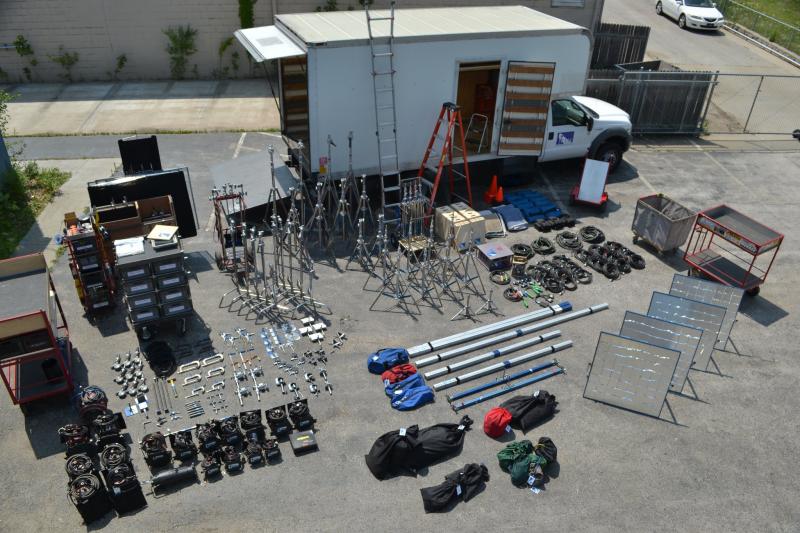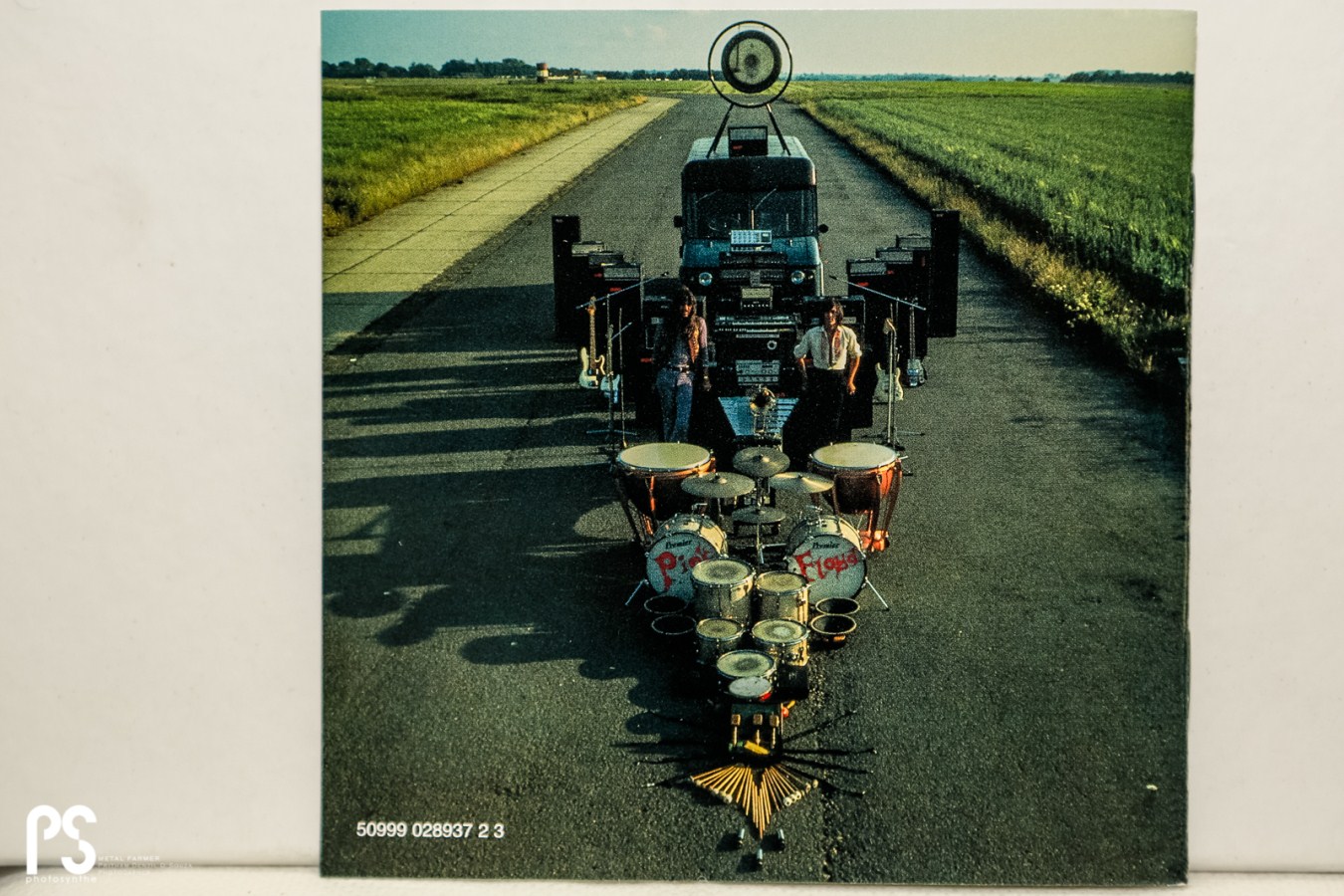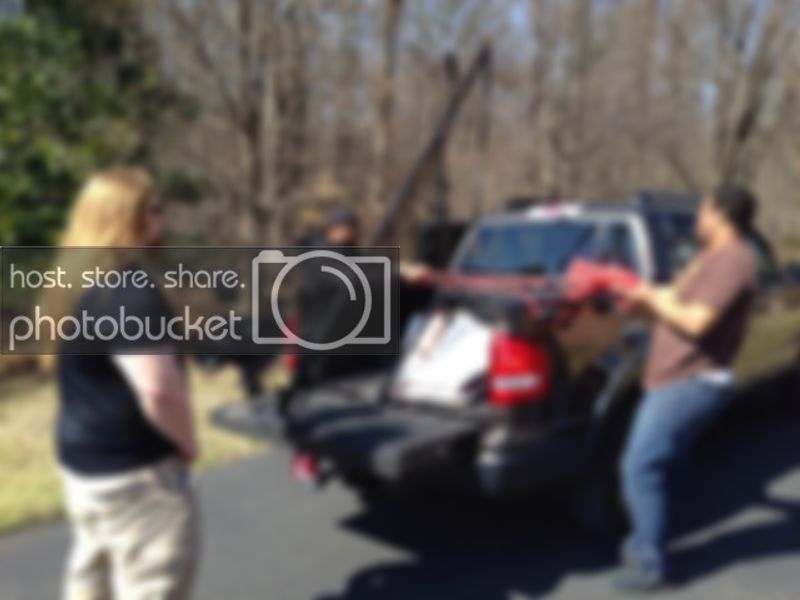Use a tripod and/or stabilization gear. Handheld can look fine, but usually looks unprofessional on smaller cameras. On a low budget, the "spider steady" can give you great results:
Spider Steady:
https://www.youtube.com/watch?v=uBiRDXoGsCs
http://www.google.com/url?sa=t&rct=...=qKr-u66tAGbjgG9MyPp4xQ&bvm=bv.48705608,d.aWc
Tripods:
https://www.youtube.com/watch?v=xQt5-Ns-Bfw
And if you don't want to spend your $$$, then you can always go DIY:
https://www.youtube.com/watch?v=xOVswSEXsYk
https://www.youtube.com/watch?v=9nAC6ztIUbQ
https://www.youtube.com/watch?v=qn9htcBCpJM
https://www.youtube.com/watch?v=fR_-R2bS9ag
https://www.youtube.com/watch?v=UIGLniZoUxw
https://www.youtube.com/watch?v=2pUZf-JY6JM
https://www.youtube.com/watch?v=RNCwPDXODMs
Make sure you have the right settings on your camera. You should have the quality as high as it can go (1080p, uncompressed), the footage white balanced, sound on, exposed properly, and in focus. Most Hollywood films (and due to the DSLR explosion, in Indie films) use a thing called Shallow Depth of field. Shallow DOF is where a part of the image is in focus, and the rest is blurred. Click the link below to see the difference between Shallow and Deep DOF:
http://www.google.com/url?sa=i&rct=...hzMZ0gqSr0UDzEnhZXLTsPxg&ust=1373608751345453
The image on the left has a shallow DOF, the one on the right has a deep DOF. Notice the deep DOF image doesn't have a blurred background. Now, because of the camera you are using, you cannot get shallow DOF easily. Usually you have to have lenses with low apertures, or 35mm lens adapters (both of which I believe you cannot have on your camera) to get shallow depth of field. You can always get shallow DOF by backing up, and zooming in on the subject if you do not have the money for a 35mm lens adapter. Below is a video explaining depth of field, and a video showing ways to get shallow. DOF
https://www.youtube.com/watch?v=34jkJoN8qOI
https://www.youtube.com/watch?v=npN1igCJi7w
One thing to remember is that shallow DOF isn't just to get a "movie feel", but also a tool to help guide the audiences eye. For example, if we have a shot of a group of people in an elevator, we don't know who to focus on. But, if we blur out the other people slightly, the audiences attention will be focused (no pun intended) on the person in focus.
I'd recommend not buying a 35mm lens adapter though. They are incredibly expensive, and only worth it if you have lots of money to spend. There are other ways to achieve Shallow DOF, and it is more important to get good audio and lighting equipment.
Good audio is one of the most important things to make your movie look professional. I'd recommend using a mic or handheld recorder. There are also experienced people who know a lot about audio, such as Alcove Audio, who can give you advice, recommendations, and help.
https://www.youtube.com/watch?v=mEq5T8fJarM
Always light your scene properly. One of the biggest issues by newbies is not lighting your scene well. If you are doing a no-budget film (which appears to be what you are doing), then you can pick up clamp lights from home depot, and make PVC pipe light stands (for this I recommend the youtube show The Frugal Filmmaker).
https://www.youtube.com/watch?v=gwIFtumihFs
https://www.youtube.com/watch?v=A6JFVHRwJwc
https://www.youtube.com/watch?v=JtT2YzCK1CU
https://www.youtube.com/watch?v=j_Sov3xmgwg
https://www.youtube.com/watch?v=lJ5rZrNQBXo
https://www.youtube.com/watch?v=rSo_bMFT5YI
https://www.youtube.com/watch?v=fUsTpUzOhFY
https://www.youtube.com/watch?v=ZgfeET_W6YE
https://www.youtube.com/watch?v=RUSrpcGf3gc
https://www.youtube.com/watch?v=NFzIP_TN75A
https://www.youtube.com/watch?v=xqXgw8_pkfA
https://www.youtube.com/watch?v=q87KA4NUEBo
https://www.youtube.com/watch?v=2pKdOGWZepk
https://www.youtube.com/watch?v=IxN8_0kNJPc
https://www.youtube.com/watch?v=RXMI8_o6VTc
https://www.youtube.com/watch?v=h0WTzMvJMYQ
In post, there are many things to do to improve your footage. If you are in something like iMovie, or Windows movie maker, I recommend upgrading to Adobe CC, Hitfilm, Sony Vegas Pro 11, or Final Cut Pro X. If you are in iMovie, FCPX is your best choice.
To get a more professional feel: stabilize, enhance audio, add widescreen bars, color correct, and color grade.
Here are some FCPX tutorials that include stabilization, audio, widescreen bars, color correction, and color grading. But you can find color grading tutorials for pretty much any program.
http://www.google.com/url?sa=t&rct=...=RAs_EUMz7M0WzNz4lkcZ1w&bvm=bv.48705608,d.aWc
Here is a color grading website from this cool dude named Denver Riddle.
http://www.google.com/url?sa=t&rct=...=e3nwsCSIsUh3VLc3bJbupQ&bvm=bv.48705608,d.aWc
And add a 35mm overlay from Gorilla Grain.com or Holy Grain.com. They have some free stuff on their site. This gives the look of a Hollywood film because of the fact most mainstream films were shot on film up until the 2000's.
http://www.google.com/url?sa=t&rct=...=2AlVzkn0VeEnbdqzb6HduA&bvm=bv.48705608,d.aWc
http://www.google.com/url?sa=t&rct=...=gamFc6l6tSRZR0f6qJ2RFQ&bvm=bv.48705608,d.aWc
Music is important as well. Below are some awesome sites with music.
http://www.google.com/url?sa=t&rct=...=riT9lBau7wKgFKnRFzQNWg&bvm=bv.49478099,d.aWc
http://www.google.com/url?sa=t&rct=...=1lec3xvpAP9QmGAmMMBbgg&bvm=bv.49478099,d.aWc
http://www.google.com/url?sa=t&rct=...=taSuL6Wypqknh5sKrOTdcg&bvm=bv.49478099,d.aWc
And you can always ask for a composer on a site like the one you are on right now, IndieTalk

Always export your footage in HD.
To learn more on these topics, I recommend watching as many Film Riot, Indy Mogul, Frugal Filmmaker, Basic Filmmaker, Dan Allen Films, Color Grading Central, and Framlines TV episodes. There is only so much you can learn from a post.
And remember, camera movement and color correction is great, but you have to have a good story, script, and actors. You have to know how to organize the project, and direct everything before getting into all the little goodies. If you don't have a good story, you're basically putting whipped cream on a turd. No matter how much whipped cream you put on that turd, it's still a turd.
https://www.youtube.com/watch?v=SAWVRqASoYY
https://www.youtube.com/watch?v=sUIZVzElDzc
https://www.youtube.com/watch?v=Si86Au0UbIo
https://www.youtube.com/watch?v=Ew5D_DjUG1Q
Other useful tutorials:
https://www.youtube.com/watch?v=bRJ0Ei4hLWI
https://www.youtube.com/watch?v=FrZtShb1-8E
https://www.youtube.com/watch?v=XafunNmwtPg
https://www.youtube.com/watch?v=IK2IAEO-FUI
https://www.youtube.com/watch?v=brStDyPNI7w
https://www.youtube.com/watch?v=kD8nXGt91yo
https://www.youtube.com/watch?v=_FP3AS_r5jo
https://www.youtube.com/watch?v=Ol51d7JekJ4
https://www.youtube.com/watch?v=XZszextv6yE
https://www.youtube.com/watch?v=mYnsKATCrdw
https://www.youtube.com/watch?v=bu_N1fV_mUQ
EDIT: Good luck, now study up, practice, and make a good short film









